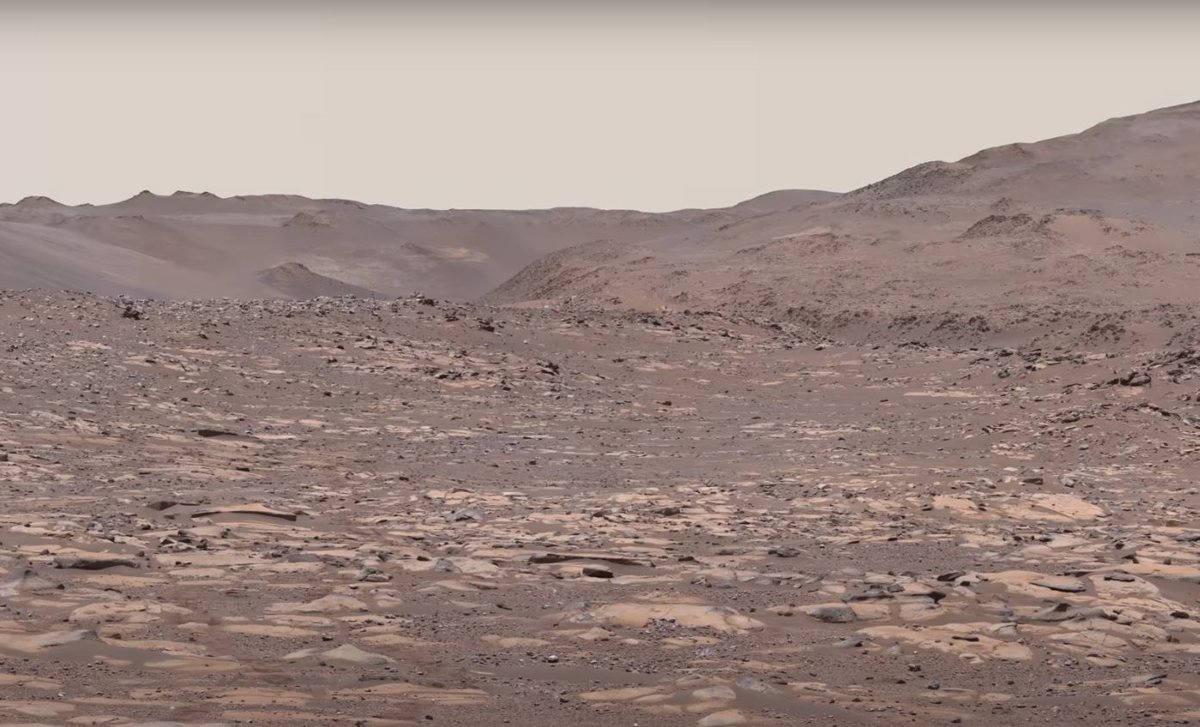A mudrunner game that will make you addicted!

When I first played the Mudrunner and its cool successor, the Snowrunner, I always found them to be quite unpredictable affairs. Maneuvering off-road vehicles through difficult terrain was a puzzle. You had to read the road, or in these cases, mud, rock and snow, to deliver goods or install services. Both of these predecessors seemed fairly open, a large map that would gradually unfold as you progressed through missions and traversed increasingly difficult terrain.
Expeditions: A Mudrunner game, now simply called Expeditions, does much of the same, except progress feels more linear with an open world laid out before you. It’s a driving adventure game, where you’ll set up checkpoints, explore the terrain for precious metals, try to repair weather-damaged observation towers, or even help dig up dinosaur fossils and skeletons. Well, you won’t actually do all of this, because you’ll never leave your vehicle, but you get the point. You are a jack-of-all-trades driver and it is up to you to cross limits, borders and borders.
Driving is also similar to previous installments; Progress involves solving the best routes through dangerous terrain and using various tools to make the journey possible. It still feels very much like a puzzle game as you find easy paths through rock slides or cross fords without killing your engine, except this time it’s more boring.
I don’t mean to criticize the entire game with this statement, it’s not completely boring, but I think it’s the basic graphics engine and, more importantly, the physics that make the journey frustrating. You should be aware that it is a kind of simulator. You have to use your gears to find the best grip, deflate and inflate your tires and switch from rear-wheel drive to four-wheel drive when necessary to save fuel. This level of “realism” means that the physics of the rocks and the car itself often give way to mind-boggling movements.
For example, using the smallest car offered, you may find yourself stuck on small rocks scattered between your wheels. This fixes itself later when you lift the suspension in the garage, but it’s a nuisance. There are times when, regardless of the vehicle you’re using, you read the terrain precisely and end up skidding sideways, even though the path looks passable.
Sometimes steep banks can be conquered with all-wheel drive, while in other cases the vehicle will simply slide and roll over. I appreciate that each plot should feel different, but sometimes it feels unfair. Especially if you didn’t bring a vehicle jack with you – which flips the car on its wheels – and you need to reset the entire trip to the base, which often takes more than 45 minutes.
In addition, there are times when cars slide along rocks and never turn, making traversing a section that should, by all logic, be difficult for children. Mechanisms like the floor of the Grand Canyon are cratered.
And speaking of the land; This may be fixed in the final release, but the texture is awful. While mud often doesn’t look like mud until your wheels sink into it, the rough exterior of the rocks can slowly load up and make it all look a little ugly. This is another source of frustration because when everything loads properly, the campaign is an absolutely beautiful game. At one point I was driving over a large flat rock and there were two large holes in front of me, until I got closer and the rock formation finally loaded.
I wish that was the end of my complaints, but frankly, some of the missions are problematic as well. Now, before we get into it, let’s get familiar with the world of campaigns. While you don’t roam freely across all three maps, you’ll select a mission from the main menu, then load into your base before tackling the task in question. You’ll choose a vehicle, take whatever equipment you might need for the trip, perhaps hire an expert to accompany you, each upgrading a piece of your vehicle or tools. For example, one expert will let your drone fly further, while another can extend the life of your tires. It’s a nice little feature that lets you think about what’s in store.
You can upgrade your vehicles by going to the accessory store or buy new ones using funds from completed missions. After a few trips, you’ll start to realize what upgrades you’ll need – a snorkel escape tube will take you into deeper water. You will then charge across the map and launch yourself across the terrain.
As you travel, you’ll find smaller missions that can be handled on the spot or saved for free riding where you don’t have to juggle fuel reserves for your main task. You’ll also come across airdrops where you can collect items that contribute to unlocking vehicle parts or simply refueling your vehicle. There is also a stock of spare parts that can repair your car on the go, during errands.
The missions, overall, are quite enjoyable. Scouting areas can lead to photography, or markings can be lined up to scan the ground from above. You have to cross streams over dangerous holes in the landscape or build small bridges or simply deliver essential supplies to the science camp.
What’s the problem, you ask? For many of the early missions, you’ll have to drive across vast terrain to reach your waypoints or points of interest, and often you’ll check a task and the game will simply tell you to “reconnaissance”. And place a yellow waypoint in the middle of the big circle. Your goal is just to drive around. You can also use your drone to scan the area and move it around, but ultimately it just moves around without doing much. It wastes fuel, damages your car and frankly, it’s very annoying. On one mission, I spent about 30 minutes driving over plain but beautiful rocky terrain, constantly looking at my map to see how much terrain I had discovered. Side note: You can’t see this map while flying the drone, so you’ll just have to go in a vague direction.
In the Snowrunner, I never felt like I was driving almost randomly. I was always towing something, delivering parts or setting up a place. Of course, it is worth noting that all simulators involve some form of boredom, but in a game where you are encouraged to monitor fuel reserves, and you can only carry a number of spares and tools, this wandering just seems like a waste. Time.
Now, I don’t want this review to be overly negative because, at its core, Expeditions is a very good game. The landscapes are beautiful, the vehicles and their upgrades are fun to handle and the missions to complete are varied enough. To never feel like you are repeating the same tasks. And, when you manage to overcome a particularly difficult section of terrain, such as a steep climb covered in sharp rocks, the sense of accomplishment is great.
There is a sense of grandeur throughout the expeditions; You’re not just transporting pieces of equipment across the map, but you’re looking for dinosaurs and their footprints, or you’re looking for old buildings crumbling toward the earth. You could be forgiven for thinking this is how Lara Croft walks when she’s not jumping out of a plane in action. The idea of ”moving that giant vehicle from A to B” is appealing and a formula that works consistently, as long as you know a mission can take you more than an hour to reach your destination.
And the game is full of little “moments,” like when I equipped my youngest vehicle with an external roll cage knowing full well that I’d have to drop it into a crevasse when I found myself inevitably stuck somewhere. This actually happened two missions later when I found myself stranded on a rocky plateau with little fuel…




